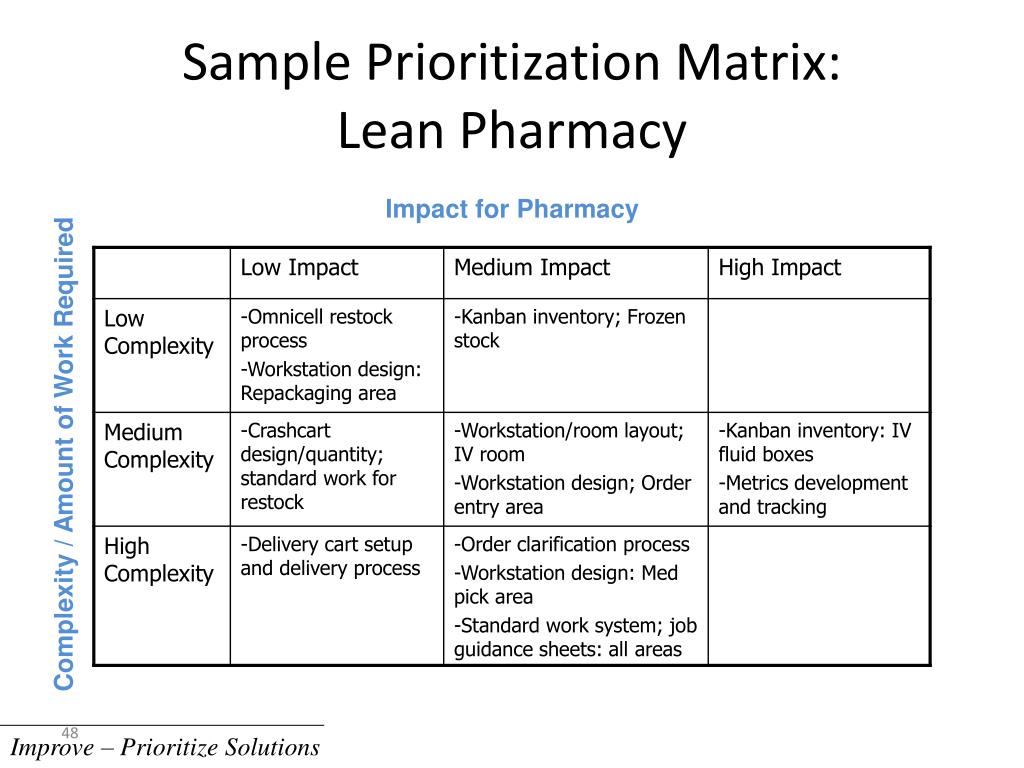

Like all management tasks, IT project prioritization must be data-driven to be effective. With so many tasks to complete, prioritization ensures that resources are allocated to maximize the efficiency of the whole department.

Regardless of the organization, one thing is becoming abundantly clear: the need to migrate away from legacy technology toward modern and more cloud-based solutions. Backing up and recovering digital assets.Participating in IT inventory asset management.Installing new hardware, software, and updates.Managing cloud-based applications and services.Researching and procuring IT hardware and software.Protecting technical infrastructure, including the network, from security threats.At the same time, other IT department projects are competing for attention, like: According to Foundry’s 2021 Security Priorities study, 90% of security leaders admit their business is “not adequately addressing cyber risks.”įurther, an overwhelming 98% of respondents expect to increase their overall security budget. This change has led to an increase in cyber attacks, necessitating the securing of business applications, devices, and end users. The resulting hybrid environment relies on bring-our-own-device (BYOD) policies and other modern workplace trends such as remote work for efficient production. Breaches that are related to remote work cost $1.07 million more. This is in view of an increasing number of security breaches taking place year after year.Īccording to IBM, data breach costs grew by 10% from 2020 to 2021. The biggest challenge they face is identifying the possible risks of not prioritizing certain projects.Ĭomplicating things further, over the last decade, organizations have multiplied their spending on security solutions. IT departments must prioritize projects based on the amount of value they contribute to the organization as a whole. For these organizations, it’s imperative that IT departments spend money, time, and energy on the right projects (and products) at any given time. Most small-to-medium enterprises (SMEs) operate on limited budgets and lean IT teams.

In addition, organizational size, industry, and risk factors also come into play. While some teams are driven by the need to maximize returns on investment, others may have more resources at their disposal. With that said, each IT department will rank tasks according to its own unique factors. Effective prioritization boosts time management, organizational security, company profitability, and employee satisfaction, among other benefits. IT project prioritization is the process of identifying the most crucial tasks necessary for achieving IT-related objectives. Let’s begin by defining our subject matter:
#Lean priority matrix how to
Here, we’ll dive into how to prioritize competing tasks and ensure IT resources are spent most effectively. If any of this sounds familiar, this article is for you. IT leadership must ruthlessly weigh company initiatives, security priorities, and resources against one another every day. Of course, in the midst of competing user requests, departmental objectives, and tech emergencies, task prioritization isn’t easy. IT managers, admins, and managed service providers (MSPs) must constantly prioritize project wants versus needs. It seems like just when you finish addressing one pressing issue, another challenge appears without warning! That’s part of the fun, right? Several team members are letting you know about a “503 Service Unavailable” error on the company website - yikes.
#Lean priority matrix Patch
If you have worked in IT long enough, chances are you have experienced several “Whac-a-Mole” days! For example, say you finally caught up with your latest patch management when dozens of Slack notifications suddenly slide across your monitor. The objective is to hit the moles with a soft, black mallet for points.

Remember the Japanese arcade game Whac-A-Mole?įive cartoon-like moles pop up from holes inside a waist-high box at random.


 0 kommentar(er)
0 kommentar(er)
